(NLDO) - A "newborn" super-Earth orbiting the young star TW Hydrae has revealed its hiding place to the "divine eye" of the ALMA observatory.
According to Sky and Telescope, a team led by Dr. Tomohiro Yoshida from the National Astronomical Observatory of Japan has identified a new planet with a mass four times that of Earth around an 8-million-year-old new star named TW Hydrae.
More specifically, they found signs of shock gas inside TW Hydrae's protoplanetary disk using data from ALMA, a powerful astronomical interferometer consisting of 66 radio telescopes located in the Atacama Desert in northern Chile.
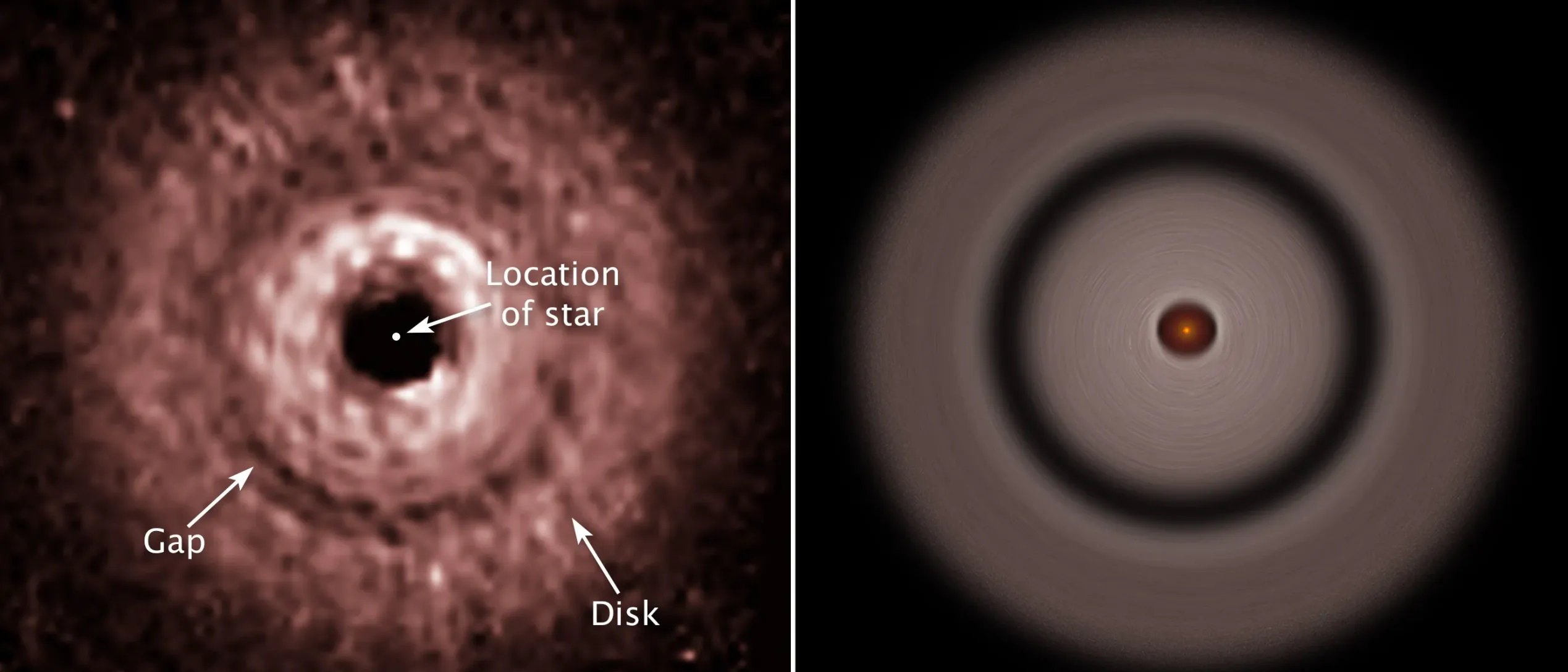
A zoomed-in image from ALMA data shows the young star nestled between a large protoplanetary disk and a faint gap being created by a "baby" super-Earth - Photo: ALMA
As evolving planets collect gas and dust, they also release material into their surroundings in the form of jet streams.
The shock gas that ALMA's "magic eye" recorded is this stream of matter, rushing out very strongly and smashing into the surrounding environment, creating shocks that trigger the formation of molecules like sulfur monoxide (SO), which observatories can capture.
Efforts to measure this flow of material also help scientists estimate the mass and size of the emerging young planet.
Based on the location of the gas shock and the gap between the protoplanetary disk created by the young super-Earth, scientists also know that the distance between this planet and its parent star is about 42 astronomical units (AU), or 42 times the Sun-Earth distance.
The young star TW Hydrae is about 200 million light-years from Earth and is the closest star with a protoplanetary disk known to humanity.
This disk is only present for a short time when the star is young. All the material from this disk will gradually clump together to form its planets.
Thus, a star in the process of having a protoplanetary disk is a rare and exciting astronomical target.
Overall, this work adds another layer of evidence to the growing evidence for the presence of a new planet in TW Hydrae, and we can look forward to future observations that could help track the evolution of potential planets in this system.
It is also a way for humanity to have a "back in time" look at the early Earth, when it was just beginning to coalesce from the protoplanetary disk of the Sun.
Source: https://nld.com.vn/mot-sieu-trai-dat-moi-dang-thanh-hinh-tren-bau-troi-196240827094147598.htm












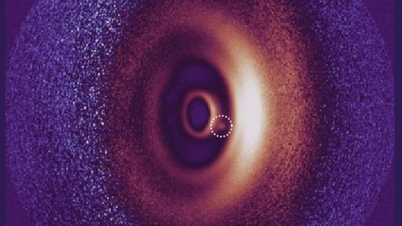

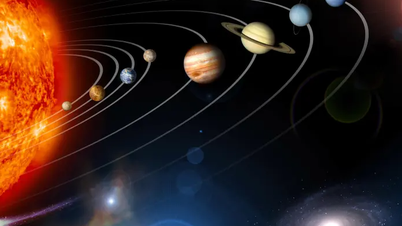
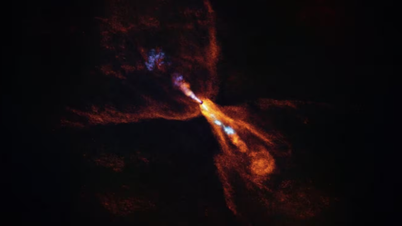



















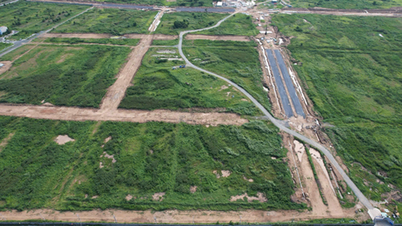












































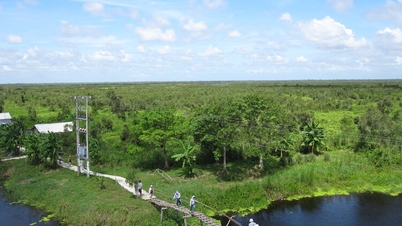





















Comment (0)